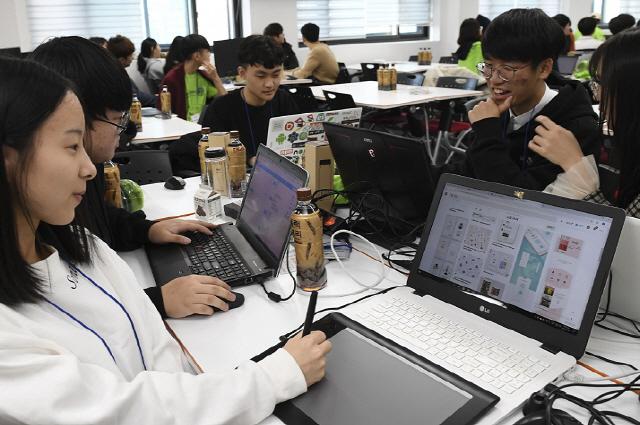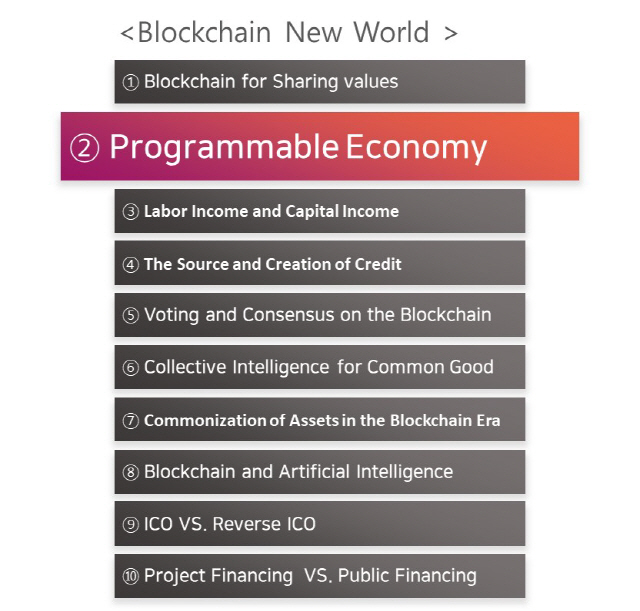


In the first article I discussed how blockchain is fundamentally different from other technologies because blockchain is about “sharing values”. In this article, I am going to discuss what that means, and how to do it.
Blockchain is a technology with great potential and a bold philosophy at its core. It is not in itself a financial system or an economy, but rather a spectacular response to the limitations of the current financial system, and the failures its state and institutional leaders evidenced in the 2008 financial crisis. Ten years have passed since bitcoin’s inception, and during that time, Satoshi Nakamoto’s paradigm of “new financial technology” has made much progress and rapidly evolving.
The essence of blockchain and cryptocurrency is decentralization. These protocols intend to be self-generating programmable economies, and therefore intimately related to finance and economics. The bold philosophy at the core of cryptocurrency asks, “Why are only state and financial institutions allowed to secure credit, mint currency, and control capital?” Instead, it establishes its own currency, minted and backed by the protocol. Currency is just one example, and there are many different blockchain companies making new, unexpected economic models. These are not controlled by someone at the center, but by similar-minded supporters forming a decentralized network based on algorithmic and programmatic rules.
Algorithms and programs are not complex concepts. In the example I introduced in the first article, where two brothers have to share one loaf of bread, the rule “one splits the bread in half, the other makes the first choice” is the algorithm, and a program allows such rules to be implemented in computer language. Because the program operates according to an established consensus, algorithms are neutral and fair.
The bitcoin network has its own protocol rules, and these algorithmic rules control how contributions to the network are rewarded. 21 million bitcoins are minted on its network, without interference from state or financial institutions, automatically rewarded based on Proof-of-Work (PoW) algorithms determining contributions. Without a central authority, each computer on the network works to confirm and secure data integrity.
Previously, centralized databases required a central system administrator, but blockchain allows algorithms to operate without human interference. Thus, management of the blockchain is algorithmic, and it’s programmed to operate without a controlling authority.
In Ethereum, these operations are called “smart contracts.” Smart contracts automatically verify and implement these rules and effects based on contracted conditions. The smart contract is, in part or whole, implemented and enforced by autonomous agents.
For example, an ordinary contract looks like this: “I promise to give you A, and you promise to pay me B.” The contract is considered completed when all parties act according to these rules. Not following these rules, or breaking the contract, create complications and legal difficulties.
A smart contract on the Ethereum network, on the other hand, works like this: “When condition A is met, run code B.” The conditions trigger the contract, the records are made on the block, and rules are enforced. Such clarity and immediacy in contracted agreements, cut down on disagreements and complications. For example, the results of a smart contract in which a viewer is paid to watch a video are clear and immediate. When the video is watched, the coins are immediately deposited. The contract won’t “trigger” if the video was turned off before the end, and or replayed multiple times. Smart contracts can run without human interference, and this is the goal of a “programmable economy”.
A programmed smart contract is computed on a decentralized network and removes the possibility of server issues, uncertified contract changes, scams, etc. Contracts are automatically implemented without lawyers or judges, and payments are exchanged for value.
To put something on the blockchain is to put an immutable time stamp on the contract. An ideal contract platform time stamps all changes made to the contract. All previous version of the contract still remain on the blockchain.
New contracts are made as easily as old contracts are stored. All edits and changes are time stamped to provide an accurate summary of the entire process and keep all involved parties honest.
The distributed ledger cannot be edited and the blockchain network eliminates the need for third parties to mediate the contract. Contracts are honored, not because all parties are conscientious, but because, similar to sharing a loaf of bread, the programmable economy is based on algorithms that reward fairness and punish unfairness.
In this article, we looked at the programmable economy and smart contracts in a blockchain economy. In the next article, let’s take a look at why new technologies dream of new financial system, and why the paradigm is shifting. /Yezune Choi BOSCoin CEO
- Yezune Choin BOScoin CEO








![美 거래소 제미니 주가 13% 급등…예측시장이 뭐길래 [도예리의 디파이 레이더]](https://newsimg.sedaily.com/2025/12/11/2H1OTT8OCS_1_s.jpg)
![비트코인 하루 4000달러 출렁…변동성 확대 [디센터 시황]](https://newsimg.sedaily.com/2025/12/12/2H1P99LNPN_1_s.png)




![[단독]네이버파이낸셜, 해시드와 ‘코인 지갑’ 내달 선보인다](https://newsimg.sedaily.com/2025/11/25/2H0LB3A07Q_11_s.jpg)
![[단독]금융위 “공동검사 요구 과도”…스테이블코인 놓고 한은과 파열음](https://newsimg.sedaily.com/2025/11/24/2H0KUTU6OA_5_s.png)







